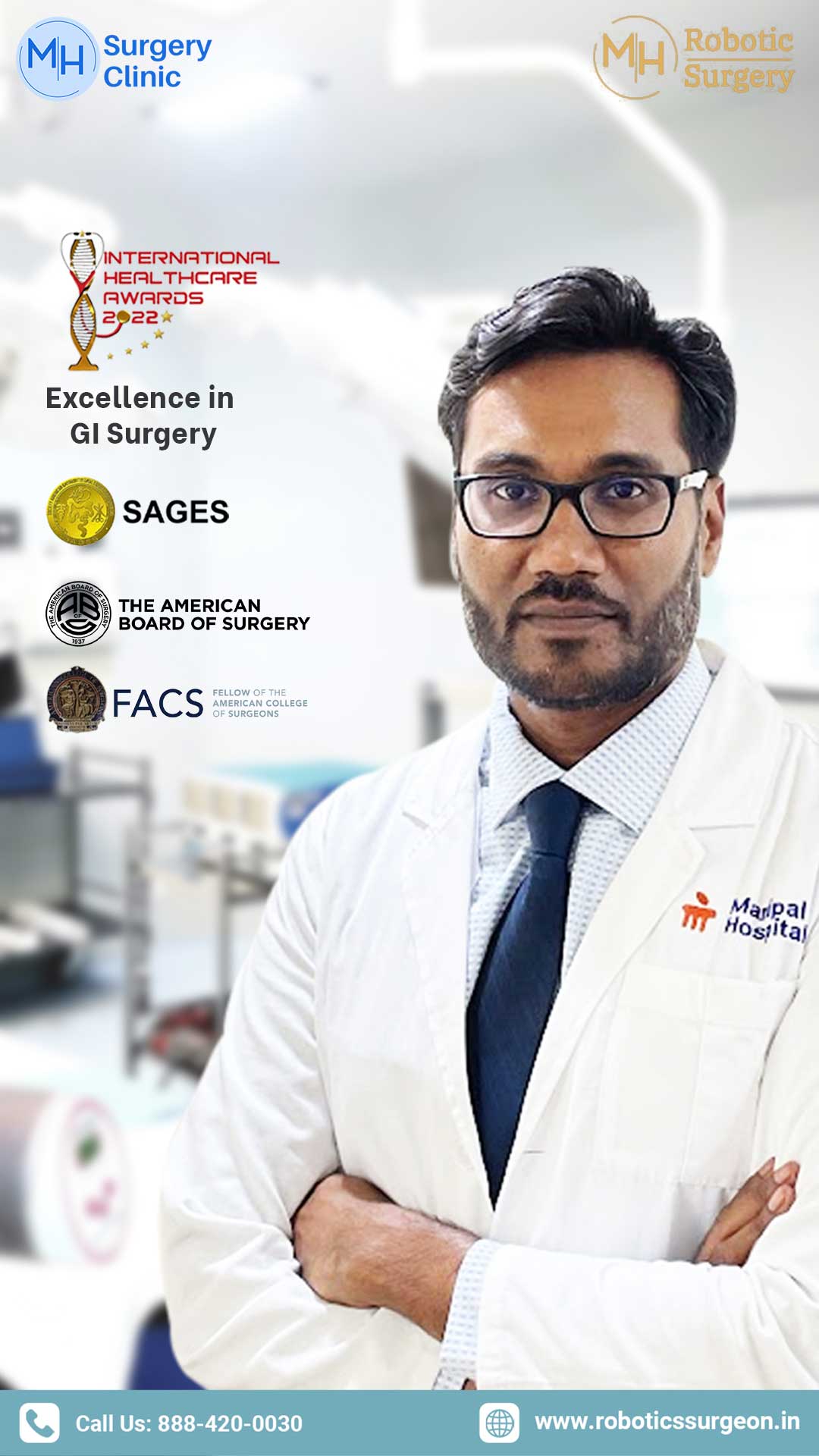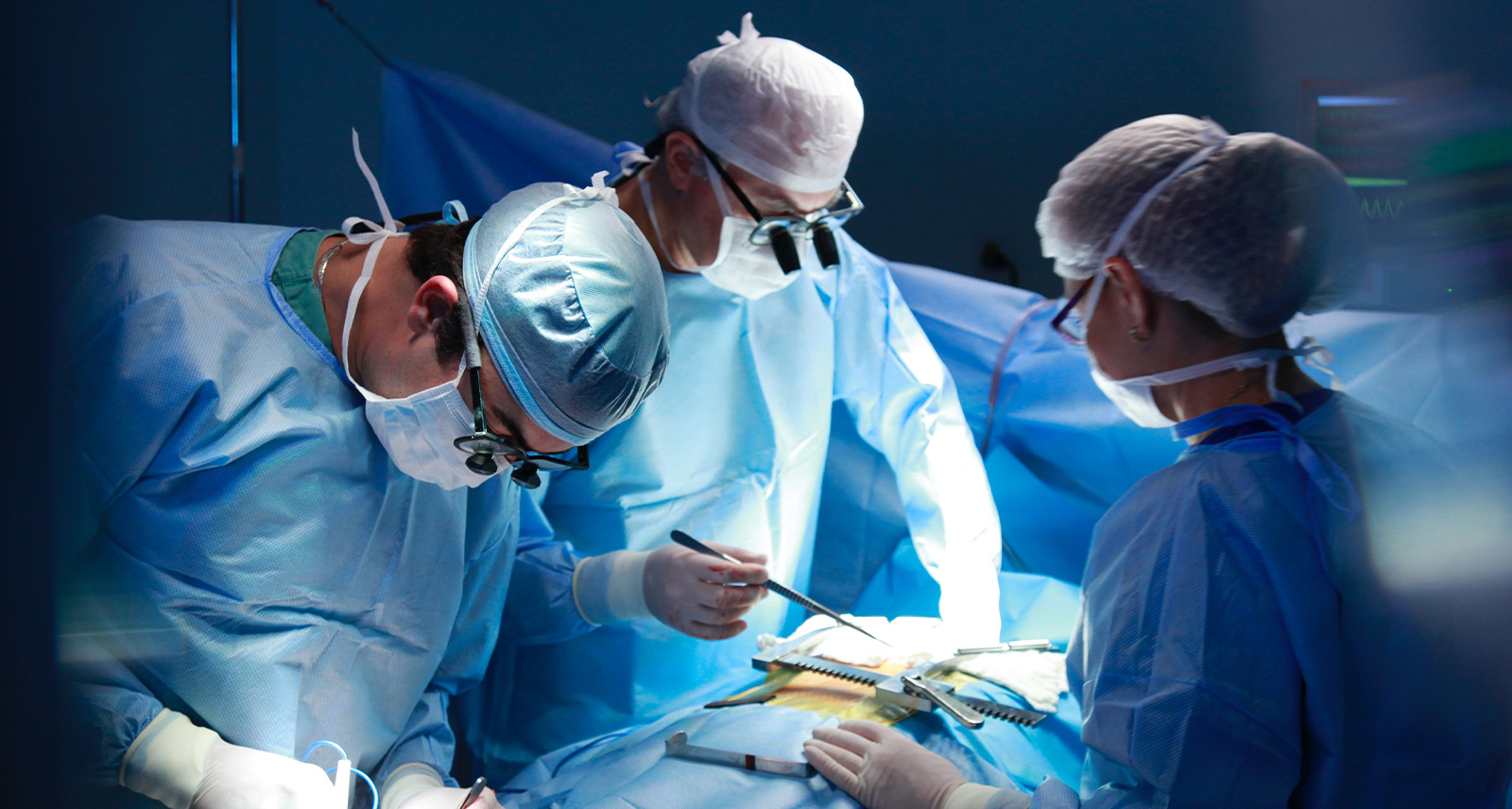
Robotic-Assisted Hernia Surgery
Innovative Robotic Solutions for Hernia Surgery
Advancing Treatment Options: Robotic Hernia Surgery
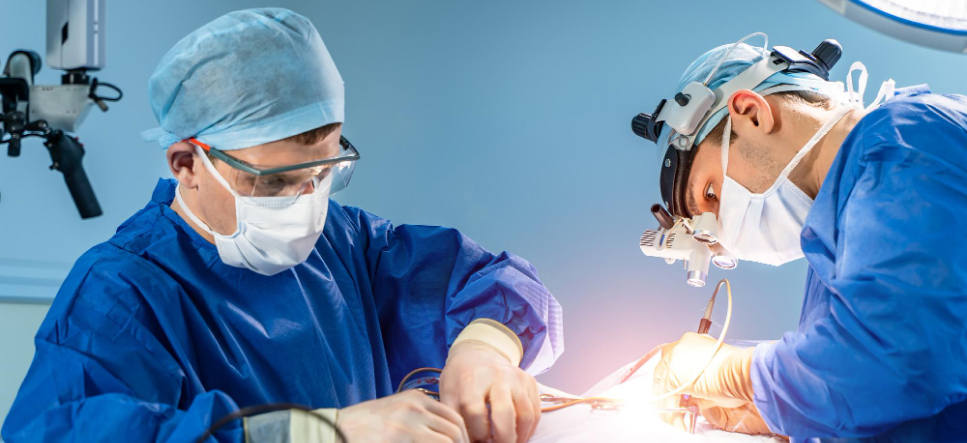
About The Surgery
Robotic hernia surgery is a state-of-the-art method that minimizes invasiveness while improving precision. With this cutting-edge method, a highly trained surgeon carries out the operation using a robotic surgical system. The surgeon has more flexibility and range of motion thanks to robotic arms fitted with miniature equipment. This makes it possible to dissect and suture even in difficult anatomical locations precisely. We at MH Robotic Surgery Clinic are embracing this state-of-the-art technology to transform the hernia treatment field.
Conventional methods of hernia repair can involve invasive operations and drawn-out recuperation times. On the other hand, patients undergo a paradigm shift in their course of treatment with robotic surgery. With the use of cutting-edge robots, our immensely skilled and experienced surgeons can execute exacting procedures with unmatched precision, guaranteeing the best possible results for each patient.
Robotic Hernia Surgery v/s Laparoscopic Surgery
Compared to open or laparoscopic surgery, robotic laparoscopic hernia surgery has fewer incisions, less tissue trauma, and less postoperative pain because it is a minimally invasive procedure. The robotic surgeon can see the hernia and surrounding tissues in great detail thanks to the 3D high-definition imaging, making it easier to insert the mesh and securely close the defect.
When compared to patients who have traditional laparoscopic surgery, patients who have robotic surgery frequently have shorter hospital stays and faster recovery times.
Types Of Hernia That Can Be Treated With Robotic Surgery
- Inguinal Hernia: An inguinal hernia is a common kind of hernia that develops in the groin region. Inguinal hernia robotic surgery minimizes postoperative discomfort and increases recurrence risk by precisely positioning mesh to buttress the weak abdominal wall.
- Ventral Hernia: Developed in the abdominal wall at the location of a prior surgical incision, ventral hernias are successfully treated with robotic surgery. By using precise movements, robotic ventral hernia repair is a successful procedure in which the robot helps secure the hernia defect with mesh, lowering the possibility of complications.
- Hiatal Hernia: In a hiatal hernia, the stomach pushes into the chest cavity via the diaphragm. The benefits of surgery include enhanced visualization and precisely placed sutures to heal the hernia and return the stomach and esophagus to their original configuration.
- Incisional Hernia: Hernias known as incisional hernias form where a prior surgical incision was made. Robotic laparoscopic hernia surgery helps to strengthen the abdominal wall and reduce the chance of a hernia recurrence by precisely placing the mesh and suturing the defect closed.
- Femoral Hernia: Located lower in the groin, femoral hernias are less prevalent than inguinal hernias. These hernias can be expertly repaired with the help of robotic surgery, lowering the possibility of harm to neighboring structures. This is a useful technique for treating hernias because it provides better visibility, accurate movement, and fewer incisions.
We are making robotic surgery a new standard of care

Patient-Centered Care
Prioritize patient safety and well-being in the development and implementation of robotic care. Involve patients in the decision-making process, provide clear information, and address their concerns and preferences. Conduct rigorous clinical trials and studies.
Interdisciplinary Teams
A multidisciplinary team of experts, including clinicians, roboticists, engineers, data scientists, and healthcare administrators, to collaborate on this initiative. Encourage open communication and collaboration which leads to better patient outcomes.
Cost-Effectiveness
Assess the cost-effectiveness of robotic care and explore ways to make it more accessible to a broader range of patients. Collaborate with healthcare payers and providers to ensure reimbursement for robotic procedures.
Education and Training
Develop comprehensive training programs for healthcare providers, ensuring that they have the necessary skills and knowledge to use robotic systems effectively. Offer ongoing education and certification and update on the latest advancements.What to expect with robotic-assisted surgery
If you or someone you know is scheduled for robotic-assisted surgery, it’s natural to have questions about what to expect before, during, and after the procedure. Robotic surgery is a transformative medical technology that has revolutionized the field of surgery by enhancing the capabilities of surgeons and improving patient outcomes. Here’s an overview of what you can typically anticipate when undergoing robotic-assisted surgery:
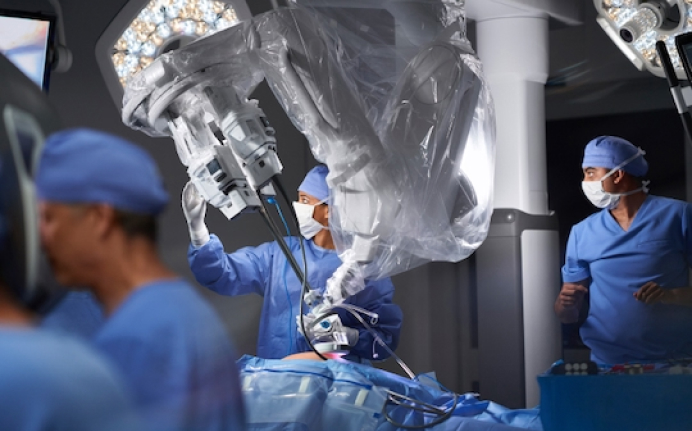
Before the Surgery
Consultation: You will have one or more consultations with your surgeon to
discuss your medical condition, the surgical procedure, and whether
robotic-assisted surgery is the right option for you and any alternatives if there are any.
Preoperative Evaluation: Before the surgery, you may need to undergo several tests and evaluations to ensure you are a suitable candidate. This may include blood tests, imaging scans, and a review of your medical history.
Preparation: Your surgeon and healthcare team will provide specific instructions about how to prepare for the surgery. This may involve fasting for a certain period, discontinuing certain medications, and taking a shower with a special soap to reduce the risk of infection.
During the Surgery
Anesthesia: You will be given anesthesia to keep you pain-free and asleep during
the surgery. The type of anesthesia (general or local) will depend on the specific procedure and your medical condition.
Operating Room Setup: In the operating room, the surgical team will position you on the operating table and prepare the surgical area. The robotic system will be set up, and your surgeon will be seated at the console.
Robotic Assistance: Your surgeon will control the robotic arms and instruments from the console. The robotic system provides enhanced precision and dexterity during the surgery.
After the Surgery
Recovery Room: After the surgery, you will be taken to a recovery area where
you'll gradually wake up from anesthesia. A nurse will monitor your condition
closely.
Pain Management: You may experience some pain or discomfort after surgery. Your healthcare team will provide pain management medications as needed.
Hospital Stay: The length of your hospital stay will vary depending on the type of surgery and your individual recovery progress. Many robotic-assisted surgeries result in shorter hospital stays compared to traditional open surgery.
Why choose Robotic Surgery

Enhanced Vision
The robotic system delivers 3D high-definition views, giving your surgeon a crystal clear view of the surgical area that is magnified 10 times to what the human eye sees. This helps the surgeon perform surgery with greater accuracy and smoothness.
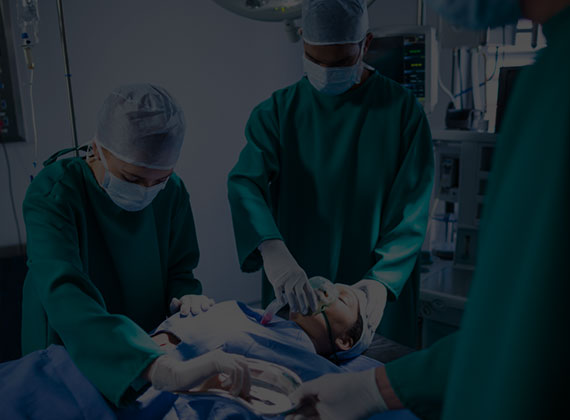
Precise movements
Robotic systems provide high precision and delicate motor control, lowering the possibility of human error. Surgeons utilize tiny devices that mimic human hands. Built-in tremor-filtration technology helps in smooth and precise movements.
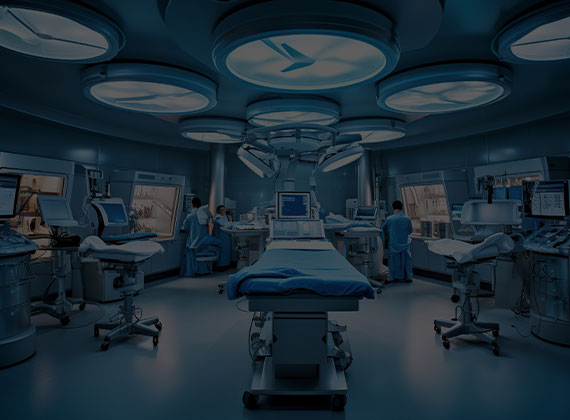
Minimal Blood loss
Robotic surgery is minimally invasive, meaning it involves small incisions wiith minimal tissue damage resulting in less pain, and reduced scarring. Less blood means results in faster healing, less time in hospital and return to life sooner than expected.
FAQs
Robotic surgery can address different types of hernias among which common ones are the Inguinal hernia robotic surgery, robotic ventral hernia surgery, and umbilical hernias with high accuracy and short recuperation period.
Patients who undergo robotic laparoscopic hernia surgery are at a risk of contracting an infection, bleeding, and recurrence but the risks are significantly lower as a result of precise robotic movements.
Asymptomatic groin hernias of any size do not need surgery but symptomatic hernias require surgery regardless of the size of the chest or abdominal wall, hernia surgery may be required if it becomes symptomatic. This is done laparoscopically using a robot while local anesthetic is used to numb the area. Usually, robotic inguinal hernia repair is recommended when treating medium to large hernias to avoid complications later.
After robotic hernia repair, make sure to not lift heavy items, check for infection, and follow your doctor’s advice.
The period of convalescence after the operation is considerably shorter and the degree of pain and complications much lower compared to traditional surgery in the case of robotic laparoscopic hernia surgery.
Large (>5 cm) and recurrent hernias may be more challenging to treat because of the inefficiency of the procedure and the time needed for proper healing, although robotic ventral hernia repair can minimize this problem.
